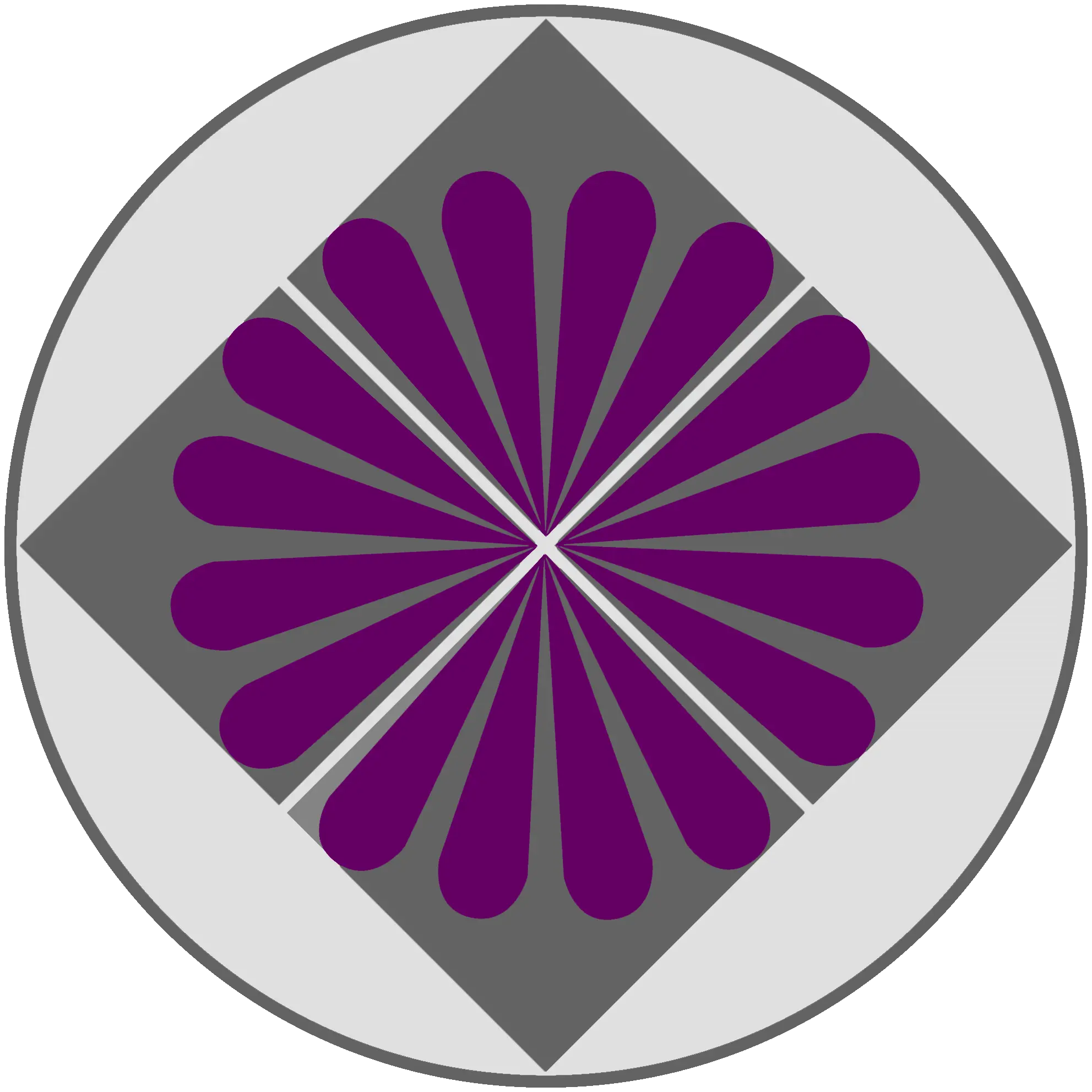Hakko Ryu - The Eighth Light
Hakkō-ryū (八光流) is a school of jujutsu founded in 1941 by Okuyama Ryuho (1901–1987), descendant of Daito-ryu and practitioner of shiatsu. The name translates as "The Style of the Eighth Light", referring to the ultraviolet band — invisible yet powerful, like the techniques themselves.
This humanitarian martial technique focuses on qi meridian points sensitive to pain, allowing defenders to create sharp distracting pain without causing serious injury. The meaning reflects that true efficiency is invisible to the eyes, just as ultraviolet rays are invisible but very powerful.
Hakko Denshin Ryu Jujutsu
Hakko Denshin Ryu Jujutsu (八光伝心流柔術) was founded in 1997 by Yasuhiro Irie, Michael LaMonica, and Antonio Garcia — all high-ranking Hakko Ryu practitioners. The name means "Heart and Spirit of Hakko Ryu", known in Japan as Kokodo (皇光道).
Each founder became a director ("Soke") in their respective regions (Japan, USA, Europe) and formed the Kokodo Renmei federation. Other descendants include Dentokan Jujutsu founded by Roy Hobbs, and Hakko Densho Ryu founded by Palumbo in Colorado.

Philosophy
Hakko Denshin Ryu is based on the same fundamental principles as traditional Hakko Ryu, enriched with philosophies that promote not only physical strength but also mental resilience and personal growth.
Our curriculum incorporates both unarmed techniques and training with traditional Japanese weapons and objects such as the tambo, jo, katana, tanto, sensu (fan), kasa (umbrella), walking cane, paper scroll, and many more. These tools symbolize the adaptability and grace inherent in Hakko Denshin Ryu.
At the heart of our practice are the principles of datsuryoku (effortless power) and kuzushi (balance breaking). We use pain as a tool of distraction, blending it seamlessly with techniques that emphasize humility and harmony.
Hakko Ryu Denshin Ryu is a practice that goes beyond the dojo. It is a philosophy that guides decision-making, supports mental well-being, and enriches social interactions. We aim to empower our students, cultivating not just skilled practitioners but confident, humble individuals who embody respect and tradition in all areas of life.
Ju Jutsu 柔術
The term Ju-Jutsu (柔術) is a Japanese word which refers to a kind or group of disciplines or arts (術) whose efficiency lies in an appropriate and precise gesture (柔) whatever the situation may be. It is not only a self-defense method which can be traced back to the Samurai (侍) period, but it is also a way of improving oneself by practicing in a traditional way.
For a very long time, oriental people have understood that suppleness and adaptability mean life, whereas hardness and stiffness are often synonymous with death. Shirobei Akiyama, a doctor from Nagasaki, is said to have observed a willow tree during a snowy winter. The branches of the tree did not resist the weight of the snow and so bent, allowing the snow to eventually fall off them when they would then return to their original position.
On the other hand, the cherry tree, which resisted the weight of the snow without bending, would often have its branches broken when the accumulated snow became too heavy. Akiyama later founded a ju-jutsu style he named Yoshin Ryu (楊心流): the "willow heart style/school". This non-resistance principle also influenced Jigoro Kano when he created his Kodokan Judo (講道館柔道) some 300 years later.
Around 1600, after centuries of wars, conflicts and unrest, a long era of relative peace was established in Edo (currently Tokyo) and spread throughout the country. Influenced by the Bushido (武士道: honor code of the Samurai) and the spiritual values of some masters, the Ju-Jutsu Ryuha (流派: schools/styles) were at the origin of new research with a more educational, philosophical, or even sometimes religious aim.
The martial techniques/arts (Bugei, 武芸) became Budo(武道: the Path of Combat) and the support for spiritual improvement. More than just making oneself able to defeat one or even several opponents, Ju-Jutsu allows one to develop qualities such as observation, control, stability, adaptability, respect for others, health… and harmony. This is still the challenge that traditional Ju-Jutsu schools offer in our modern world.
Shiatsu 指圧
Shi (指) means "finger" and atsu (圧) means "pressure". Shiatsu is a technique aiming at maintaining or recovering the energetic balance our body needs to be healthy.
Goshin Taiso 護身体操
Goshin (護身) means "protection" or "defense" and taiso (体操) means "gymnastics". Goshin Taiso is a gymnastic system used to maintain the equilibrium of the forces present in our body. It is practiced alone and allows any individual to make their own energetic evaluation.
